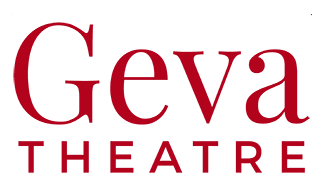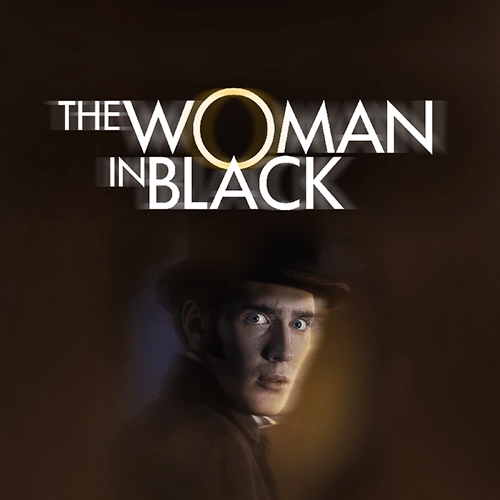Our Name
What is a "Geva"?
Originally founded as the Genesee Valley Arts Foundation Geva’s name (pronounced “JEE-vuh”) was first coined in 1972 by our founder, Cynthia Selden, by taking the first two letters of Genesee” and of “Valley” – the area in which Rochester is located.
Production History
Our History
For over 140 years the historic building on the corner of Clinton and Woodbury has been a gathering place. A gathering place for triumphant celebrations and moments of local and national sorrow. A podium from which presidents, governors and great orators rallied their public and a stage from where international celebrities, musicians and performers moved their audiences.
1864
1907
J. Foster Warner, who also designed the George Eastman House, designed the stage house and lobby additions and the building became known as the Convention Hall. As such, it hosted many of the great political figures of the day including William Jennings Bryan, Presidents Taft and Theodore Roosevelt.
Prior to the construction of the Eastman Theatre, The Convention Hall was the cultural center for Rochester and world renowned artists such as Anna Pavlova, Enrico Caruso, Fritz Kreisler, Sergei Rachmaninoff, Sir Arthur Conan Doyle and Arturo Toscanini appeared within these walls.
The Convention Hall also hosted weekly wrestling and boxing matches, annual flower shows and dog shows. Even today the annual Dachshund Parade is held in Washington Square Park – one of the vestiges of events once held here. The building was also used as a hospital during the 1918 flu epidemic and as a tonsil clinic in 1930, sponsored by George Eastman.
1936
Social Security, a new federal program, was first announced here by John Townsend.
1949
The building became the Naval Reserve Center and by 1975 the building housed several city departments: City of Rochester Center for Manpower Services and the offices of the City Maps and Records Department.
1972
Geva was founded in 1972 by William Selden and Cynthia Mason Selden and was originally housed in the Rochester Business Institute building at 168 South Clinton Avenue.
1982
Geva purchased the building from the city and began renovation. Improvements to the building sparked the revitalization of the Clinton Avenue neighborhood and what has since become known as “Corporate Alley.”
1985
After three years of renovations, the building re-opened as theatre on March 29
1997
Geva launched and subsequently completed a $4.3 million 25th Anniversary Major Gift Campaign, which allowed
Geva to purchase the building, retire accumulated debt, create an artistic enhancement fund, construct and open the Fielding Nextstage (now known as the Fielding Stage), and establish an endowment.
2000
In the winter of 2000 Geva Theatre opened its second stage, the Ron and Donna Fielding Stage, providing a venue to produce smaller-scale more intimate productions, produce theatre for young audiences and develop new plays.
2013
Geva sold its 4 millionth ticket in spring of 2013.
2016
In September 2016 Geva cut the ribbon on the most extensive renovation program since the 1980s. This $11 million seven-year, multi phase project encompassed the entire 51,832 square foot building. The project also included the purchase of the Geva Lofts – 14 studio apartments for visiting artists.
27,000
Geva Theatre is a gateway to downtown, with more than 27,000 cars passing by every day. Geva takes advantage of this fact by highlighting the names of our plays and sponsors on our Clinton Avenue marquee.
$8.4 Million
As a not-for-profit organization with an annual operating budget of approximately $8.4 million, Geva employs approximately 200 people throughout the season and has an estimated overall economic impact on Rochester of more than $10 million.
$200 Million
Geva has generated over $200 million in economic activity in the community since the organization was founded in 1972.
Impact Reports

A copy of Geva’s annual report and 990 are available upon request at 75 Woodbury Blvd. Rochester, NY 14607. Our 990 is also available through the NY Attorney General’s Charities Bureau at 120 Broadway. 3rd Floor. New York, NY, 10271.
Impact Reports
Geva’s 2023-2024 Impact Report
Geva’s 2022-2023 Impact Report
Geva’s 2021-2022 Impact Report
Geva’s 2020-2021 Impact Report
Geva’s 2019-2020 Impact Report
Geva’s 2018-2019 Impact Report
Geva’s 2017-2018 Impact Report
Geva’s 2016-2017 Impact Report
Geva’s 2015-2016 Impact Report









